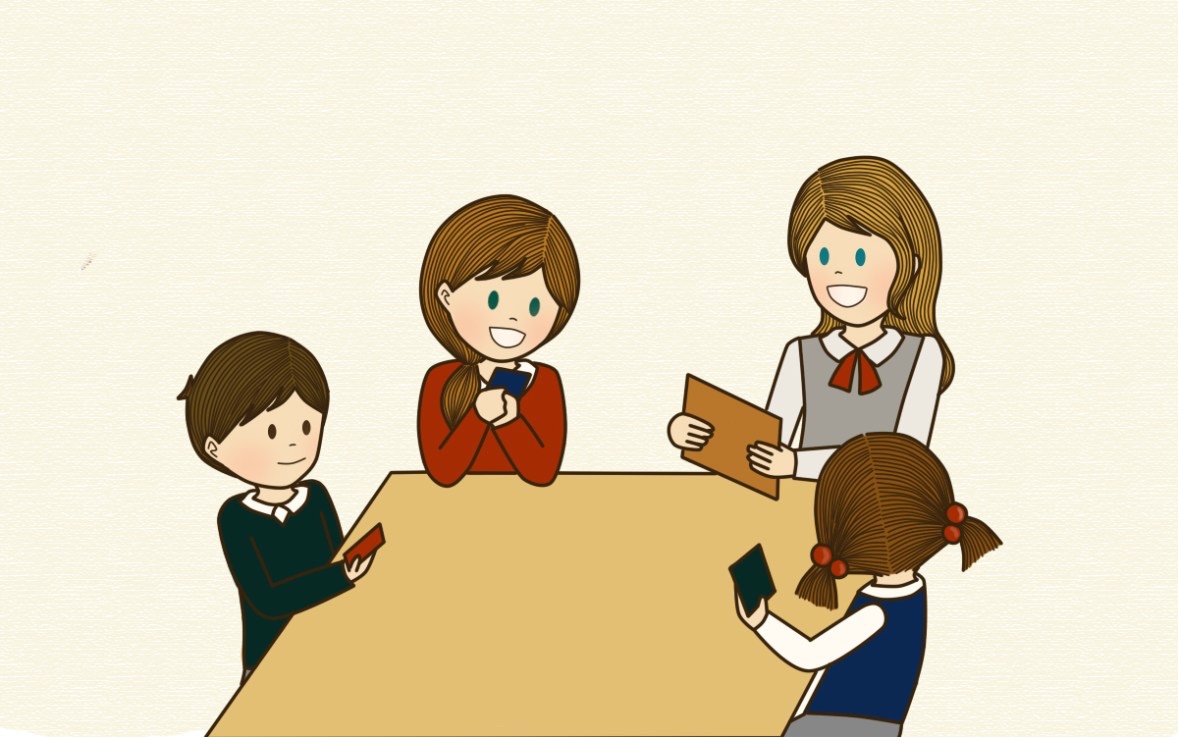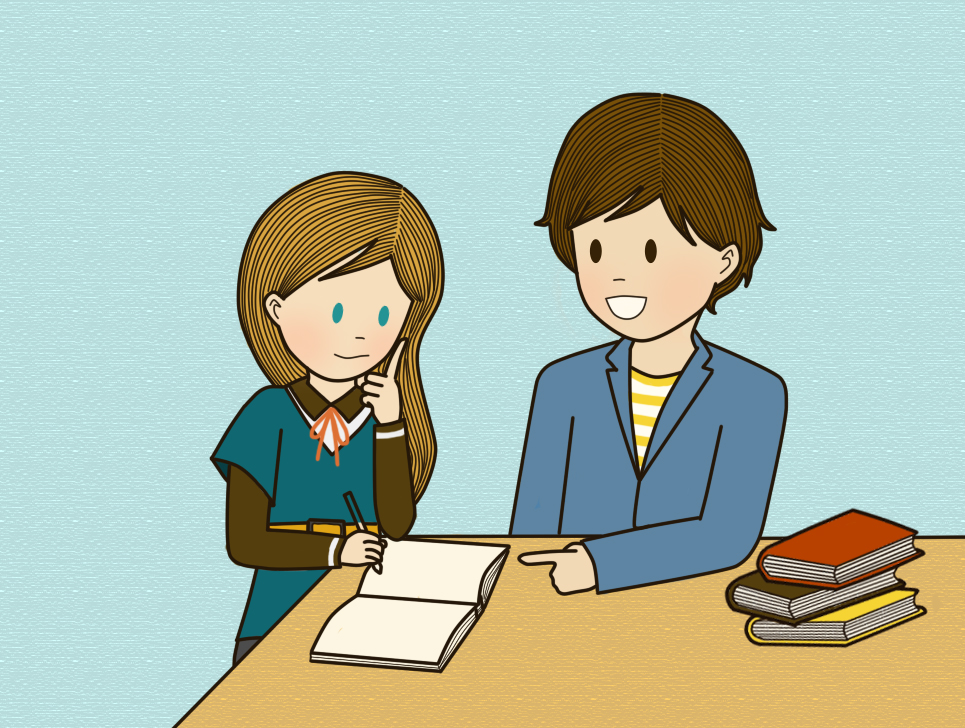An article by Richard James Rogers (Author of The Quick Guide to Classroom Management and The Power of Praise: Empowering Students Through Positive Feedback).
It was a typical morning tea break in the school staff room. Typical morning grumbles. Typical morning camaraderie.
“It’s like talking to a brick wall with John”, piped in one colleague.
“Yeah he’s pretty distant isn’t he?”, said another.
“He just doesn’t try. I doubt he’ll even get a grade D in GCSE Maths”, says the colleague who started this conversation.
Then I make the biggest cardinal sin a teacher can make in such moaning contests. It was the ultimate point of flippancy for a 23-year-old like me: “He’s great in my lessons”, I arrogantly say.

The conversation went quiet.
Back then I wasn’t as polished in my speech as I am now. For some reason my colleagues still put-up with me, and I think they liked me. Perhaps I was given the benefit of the doubt because I was, essentially, a kid myself.
The truth, however, is that John was, actually, great in my lessons. The question is this: Why?
Coursework Conundrum
Then there was that time when something I said went down like a lead balloon at a departmental meeting.
A challenging Year 10 class, who were completing Science coursework, were given to me to cover for a lesson. Their teacher was absent that day.
I write about this story in my first book as a classic example of how teacher organisation and rapport-building can generate dramatically different results to the status quo when applied consistently. Basically, I booked the ICT lab and simply walked around the class and helped the students with their work. I also took all of the loose bits of paper that were loosely organised in a blue tray (their ‘coursework’ tray), and put them in plastic wallets with each students’ name on.
A simple tactic, but it worked really well. It meant that the students didn’t have to fish through papers at the start of each lesson and complain that bits were missing – adding to disruption.
I mentioned this story at that meeting, and whilst my Head of Deportment was impressed with me (he was, secretly, the person I was trying to impress anyway), the teachers of that class were not so happy with my ruthless expose’.
“If I was kid in that class and I had to root through a pile of mixed-up papers to find my coursework, then I’d be disruptive too” I said with a judgmental, 23-year-old voice.
I probably would use more tact and subtlety were I to raise the same issue today. Our colleagues are our allies, not our enemies.
So, what’s the point you’re trying to make?
Simply this:
A teacher’s behavior can have a profound, long-lasting effect on student behavior.
Robert Greene, in his bestselling book The 48 Laws of Power describes something called the ‘Mirror Effect’. Basically, it’s a way of showing someone their faults and failures by mirroring their actions.
For teachers, the Mirror Effect works best by modelling the passion and determination we want to see in our students:
- When we are passionate, our students become passionate
- When we are relaxed, our students are relaxed [be careful how far you take relaxation, however. Relaxed demeanor: yes. Relaxed attitude to your professional role: no.]
- When we strive for excellence ourselves, our students also strive for excellence
- When we praise and encourage, with passion and real emotion, we inspire our students to work harder, and perform better
One of my proudest moments as a teacher was when I was given a very shy young girl from Iceland to teach. Starting in Year 11 and studying IGCSE Chemistry with me, she had two main challenges to overcome:
- She had never learnt any chemistry before, and was due to take an IGCSE exam in Chemistry in 6 months time (that’s hard, by the way)
- English was not her first language, and I was teaching her through the medium of English
After my first lesson with her had finished she told me straight: “Mr Rogers, I didn’t understand anything you taught me this lesson.”
That’s when I knew that this was serious, because I’d taught a lesson covering the basic fundamentals.
Her first test came back in two weeks – she got a grade U. She was devastated.
“I’m just going to fail Chemistry, aren’t I?” – she said
“No way. We won’t let that happen. Your target for your next test is an E, and come and see me on Monday lunchtimes so I can teach you the fundamentals. I believe in you.”
It saddens me to say this, but I received a massive public backlash about a year and a half ago when I suggested that one way that we can help exam-level classes is by giving up a few minutes at lunchtimes to tutor weak students on the run-up to the finals. One person went so far as to write damning review of my book (which, I assume, he hadn’t even read):

I’m not suggesting for one minute that top-up sessions are the only way to help students who are falling behind, but in the case of this student (who had zero prior knowledge of chemistry) it was an essential intervention move.
That student, incidentally, went on to achieve a grade A* in IGCSE Chemistry six months later – beating almost everyone else in Year 11.
This happened because:
- The student worked really hard (this is the main reason)
- The student wanted to work hard because I kept on pushing her, telling her that I believed in her (and I meant it), and because I gave believable and achievable targets for each test (she scored a U, E, E, D, B, A and then an A* in the final).
This is a living testament of the efficacy of my core philosophy, which is this:
I believe that ANY student’s success can be engineered by a great teacher
You’ll find that statement in my bio on Twitter – it’s the personal philosophy that has guided me for more than 15 years. It works, because I’ve seen it work.
But how do we implement this philosophy?
Use the four-step T.I.P.S. method:
Step 1: Track progress. Look for patterns in grades. Keep a spreadsheet of scores.
Step 2: Intervene when grades slip. Have a short conversation with the student in which you use……..
Step 3: Professional Intelligence: Gather and use knowledge about the students’ past achievements, achievements in other subject areas and skills used outside of school to praise the student and remind him/her of the ability that he/she naturally possesses. Talk with other teachers to gather this intelligence if needs be. Couple this with…..
Step 4: Subtle Reinforcement: Be on-the-ball and remind your student regularly what his/her target is. Introduce new resources and offer your time to help. Remind him/her about a test that’s coming up and how you believe in their ability to get a good score. Praise small steps of progress along the way, or any positive work in your subject area.
You can read more about Subtle Reinforcement here. Some info on Professional Intelligence gathering can be found here.
We welcome you to join the Richard James Rogers online community! Join us on Facebook and Twitter for regular updates, giveaways of Richard’s books, special offers, upcoming events and news.



























































